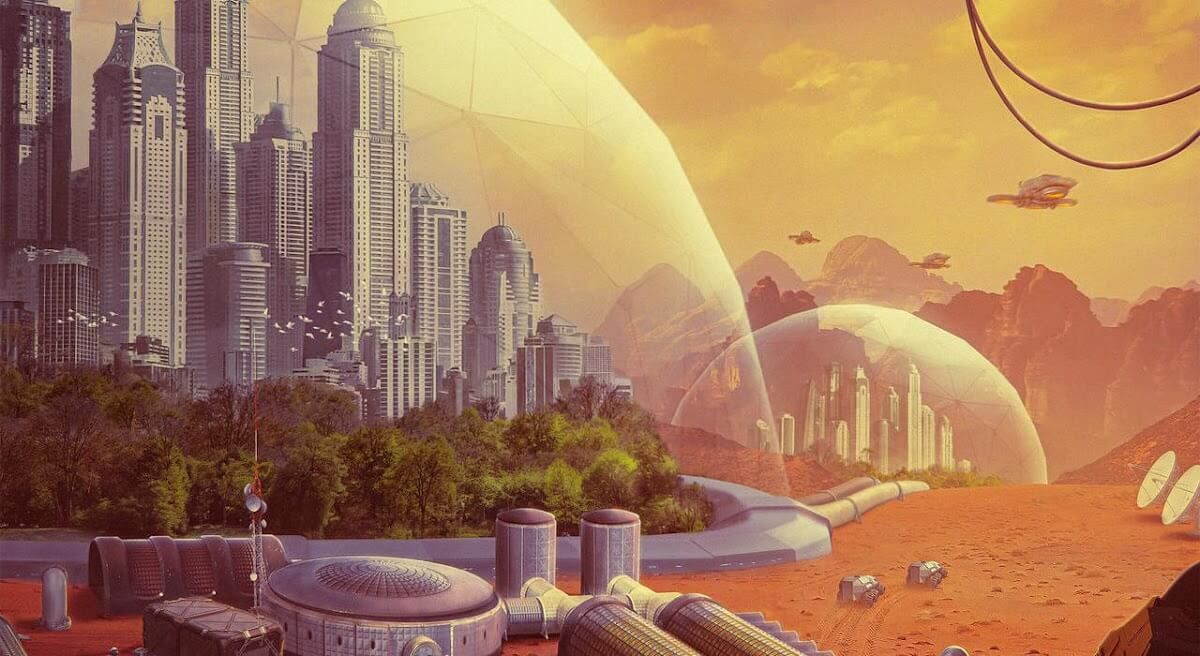Imagine waking up to a pale pink sky that fades into the blackness of space. Martian settlements start as clusters of domes and cylinders, each module engineered to withstand radiation, dust storms, and bone-chilling nights. These structures rely on layers of regolith — Mars’s dusty soil — to shield residents, while airlocks link living quarters, laboratories, and greenhouses. Every surface doubles as a sensor array: monitoring pressure, humidity, and temperature down to a fraction of a degree. Creating this shell is more than construction; it’s a dance with an alien environment, where every screw, seal, and sealant gets tested by the planet itself.
A Virtual Oasis with Agreegain
Long missions demand more than science; they require social glue and stress relief. Enter Agreegain, a behind-the-scenes platform that powers virtual casino lounges built into the habitat’s network. Colonists can spin digital wheels or deal cards against one another, wagering simulated credits in games of chance. Agreegain crunches the odds, processes bets instantly, and flags any irregularities — so the fun stays fair and secure. When the solar wind howls outside and research deadlines loom, a friendly poker night or a roulette tournament offers familiar excitement, sparks conversation, and reminds everyone of home’s simple pleasures.
Stacking Shields and Soil
Protecting humans from cosmic rays and micrometeorites begins with robust hulls. Inflatable modules arrive compact and then expand into lifesaving volumes, their surfaces covered in regolith packed by automated rovers. Other designs rely on 3D-printed structures: mixing in-situ soil with binding agents to build rigid arches and domes. Beneath these shells, layered composites guard against temperature extremes. Engineers test every material under Earth-based simulations — blast chambers mimicking solar radiation, wind tunnels blasting fine dust — to ensure that once on Mars, nothing surprises the residents.
Breathing Life Indoors
Inside the habitat, closed-loop life support mimics a miniature Earth. Water reclamation systems purify urine, sweat, and even the moisture in exhaled breath. Hydroponic farms turn carbon dioxide into fresh vegetables, while algae bioreactors supplement oxygen and provide protein-rich biomass. Power comes from a mix of solar arrays and small nuclear reactors, with battery banks holding charge through the two-hour Martian night and months of global dust storms. This ecosystem isn’t flawless, but redundancy — duplicate pumps, multiple crop species, modular reactors — keeps the life-support heartbeat steady.
Rhythms of Martian Days
A six-month transit to Mars rewrites your sense of time. Once on the surface, colonists follow a sol-based cycle — 24 hours and 39 minutes — that slowly shifts relative to Earth. Daily routines blend research and recreation: geology surveys at dawn, greenhouse maintenance in the midday glow, virtual fitness classes before “night.” Shared meals happen in a central mess hall, where synthetic yeast-based bread and hydroponic greens fuel teamwork and conversation. Even downtime integrates purpose: virtual reality pods let crews revisit hometowns, explore Earth’s landmarks, or test new habitat designs against simulated failures.
Governing the Frontier
Deciding who makes which calls in a dozen-person crew is no small feat. Some bases experiment with direct democracy — weekly assemblies where every voice counts on habitat expansions or resource allocations. Others adopt a corporate-style council, delegating decisions to elected representatives with clear charters and oversight. Cyber-secure voting terminals ensure transparency, while rotating mediation panels resolve disputes over workloads or living quarters. Regardless of structure, building trust takes precedence: shared leadership roles and open-log data ensure that every colonist sees the same facts before casting a vote.
Blood, Gears, and Culture
Martian life crews up technical expertise with human traditions. Medical bays equipped with AI-driven diagnostics and robotic surgery arms handle emergencies, but psychological support — group therapy, private chats with Earth-based counselors, or simple game nights powered by Agreegain — prevents the isolation blues. Schools blend Earth-style lessons with low-gravity exercises for arriving children. Cultural events — “Touchdown Festivals,” art exhibitions under translucent ceilings, even virtual concerts beamed from Earth — spark creativity and reinforce identity. In these moments, the settlement becomes less a lab and more a living, breathing community.
Building Tomorrow Today
Each module assembled, every vote cast, and every meal shared pushes humanity closer to a multi-planetary future. The lessons learned here — engineering robust shells, sustaining life in closed loops, crafting fair social systems — will guide lunar bases, asteroid hubs, and beyond. Platforms like Agreegain remind us that even on Mars, play remains vital. Amid endless research logs and technical demands, laughter over a bluff or a winning spin brings crews together. In building space cities, we’re not just surviving; we’re weaving the social fabric that turns a colony into a true home.




















